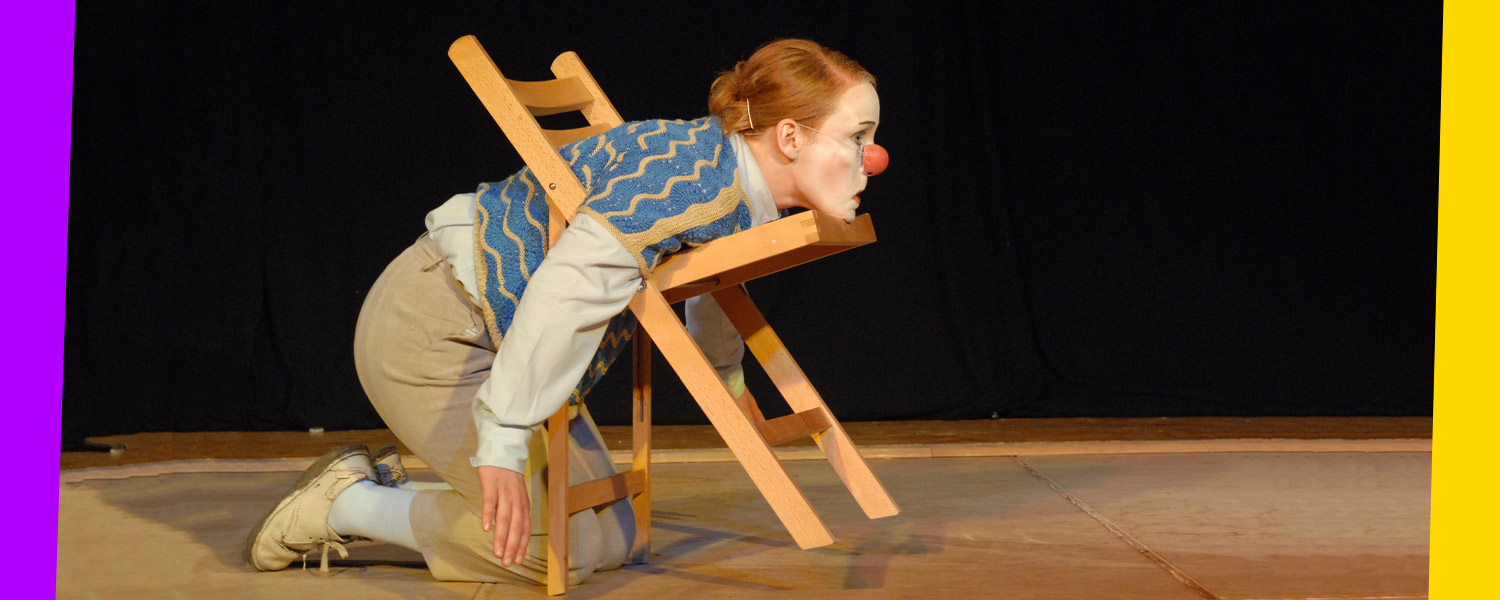The 4th Room of Laughter
The joke lies in the crisis - We transform failure into our strength - Problems as impulses - The failing partner as the opposite - Transformation through integration
A clown is not only a master of stumbling, skillfully falling on his red nose to the delight of the audience.
He also knows how to playfully get back up, revealing surprising and wonderful things in the process. Like an acrobat on a tightrope, the clown balances through the crisis, and the apparent failure proves to be an impulse for play.
In the end, he succeeds in stopping the enactment of failure. By overcoming the conflict, the shared third emerges through interaction.
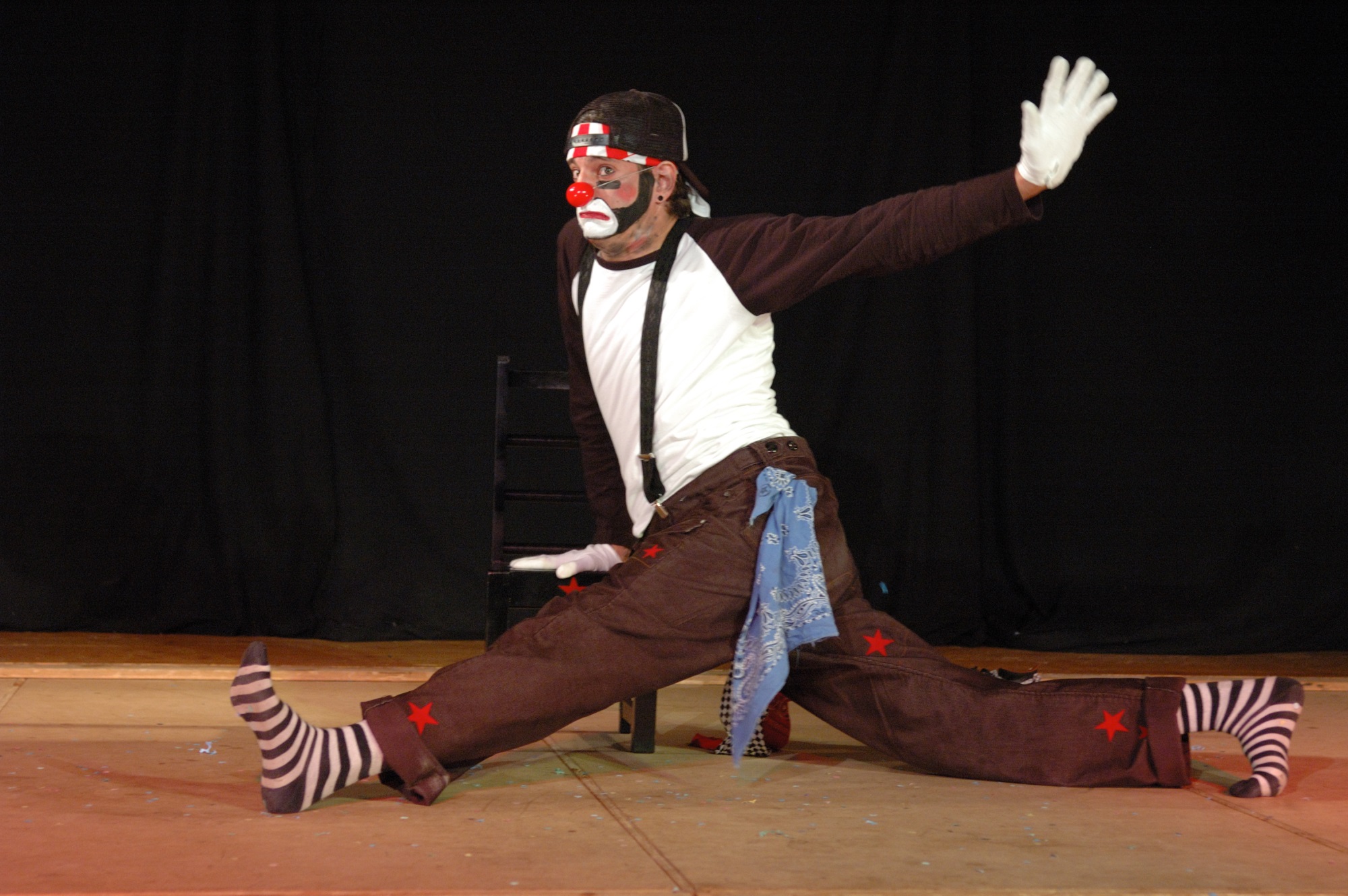
The Dramaturgy of Failure
The dramaturgy of failure thrives on the discrepancy between the actual and the desired. This creates a stable system within which the dynamics of failure can unfold.
The discrepancy between the actual and the desired creates winners and losers.
With the perspective of either winning or losing, every problem becomes a conflict. We try to solve the problem.
But the conflict persists because the solution to the problem doesn't address the actual conflict. And since the system continually creates new problems, we end up with the same conflicts again and again.
In this constellation, even the winner can't feel secure, because they don't know whether they'll cross the finish line as the winner next time.
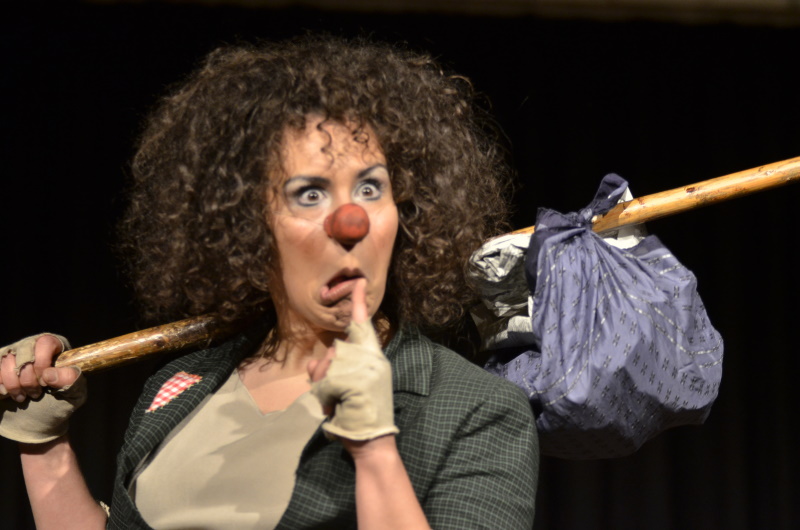
The strong focus on the outer poles of is and should displaces the inner focus.
This leads to a loss of inner anchoring. The focus on the external is and should leads to a feeling of being torn back and forth.
The pull to win leads to overexertion. The fear of losing leads to a blockage.
Because the inner anchoring has been lost, identity is sought externally. The conflict between is and should becomes an identity conflict.
The urgency to resolve this conflict is intensified by the fact that every failure is accompanied by a loss of identity.
The winner-loser game becomes a struggle for survival.
The protagonists of failure act out of fear and the hope of reward, or out of mistrust and the conviction that they can only win through manipulation.
This intensifies the dramaturgy of failure.
- After all, to paraphrase Shakespeare, it's a question of being or not being.
This explains why the staging of failure leads to crisis and drama.
Let it tip over
The clown brings a new twist to the "game of failure." Following the maxim "A clown without a problem has a problem," he reinterprets the crisis as an opportunity.
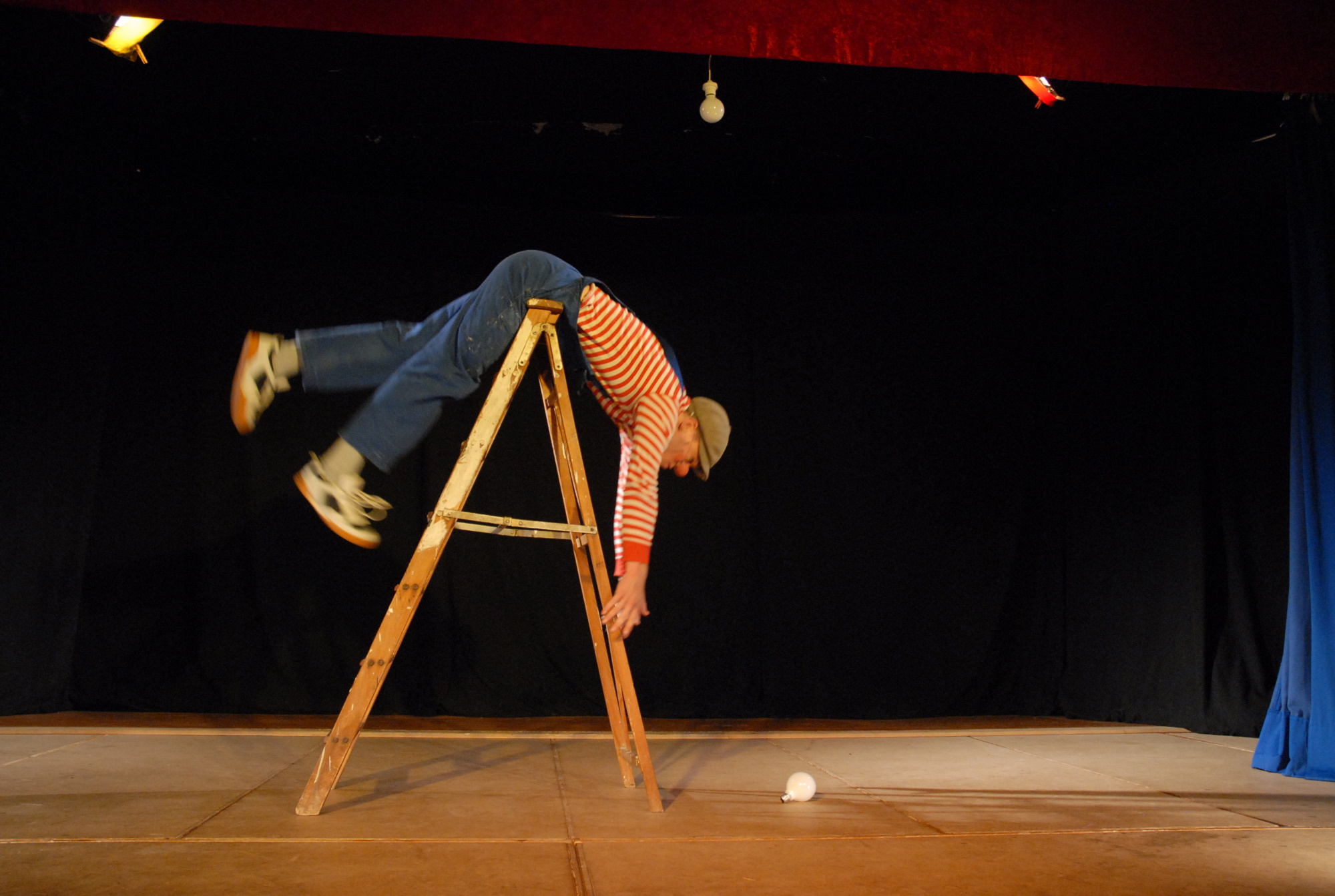
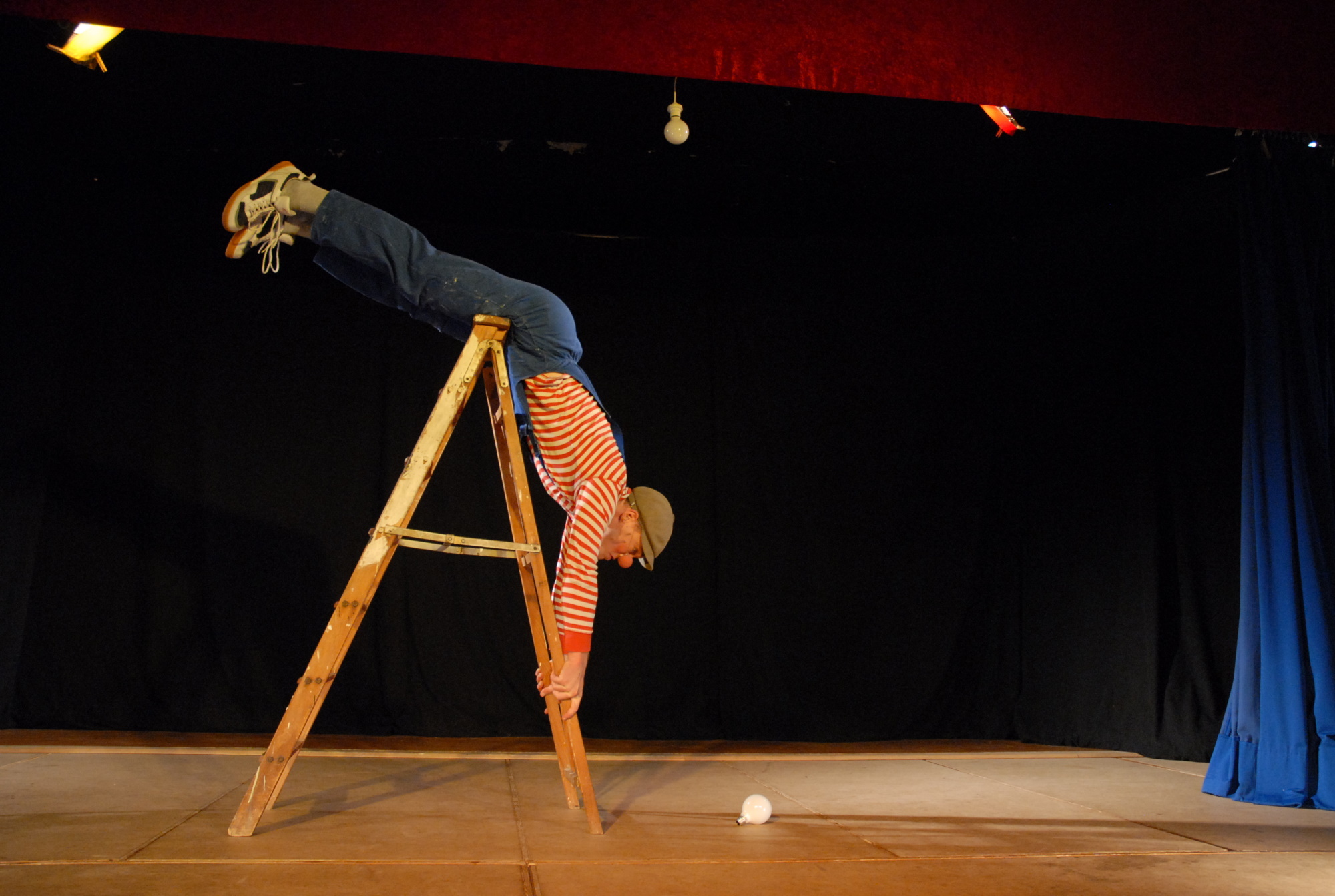
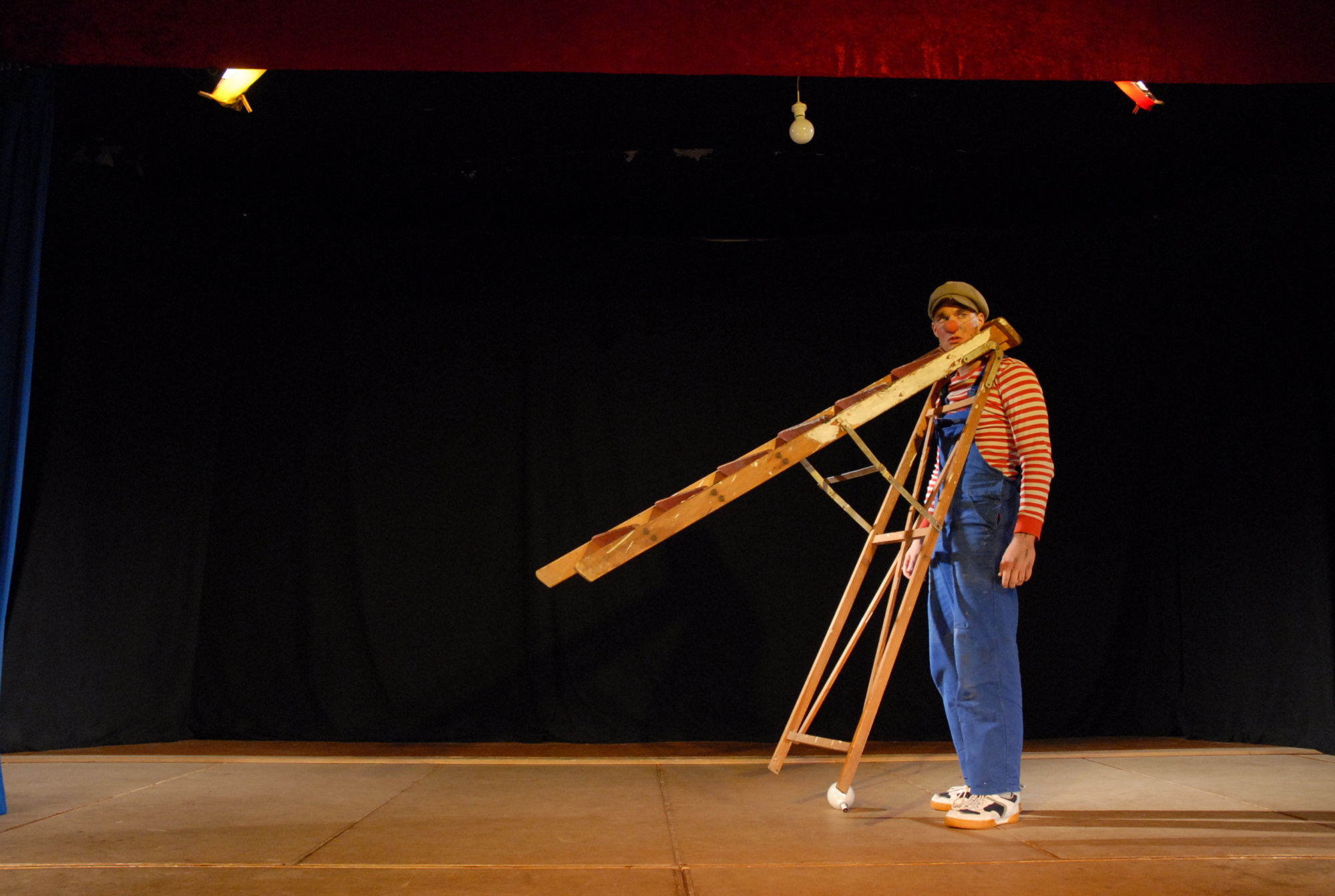
The question of whether you use the crisis and grow with it, whether you transform and change, depends on whether you understand the rules of failure.
The tipping point as an impulse point.
The challenge is to feel the tipping point while falling.
Then, at the right moment, when you feel the force of the fall, to let go, simultaneously connecting with the impulse, and thus directing the flow.
In this way, the problem becomes an impulse. This means that the problem solves the problem. Which, in turn, leads to the resolution of the conflict.
According to the clownish principle:
- Problem - Solution - Problem - Punchline

Keywords
Reinterpretation - Don't cure the problem, the problem cures you - A clown without a problem has a problem - Projection and beliefs - Failure due to inner attitude - Failure only arises through judgment - Letting go - Following the flow - Gaining energy instead of losing it in resistance

